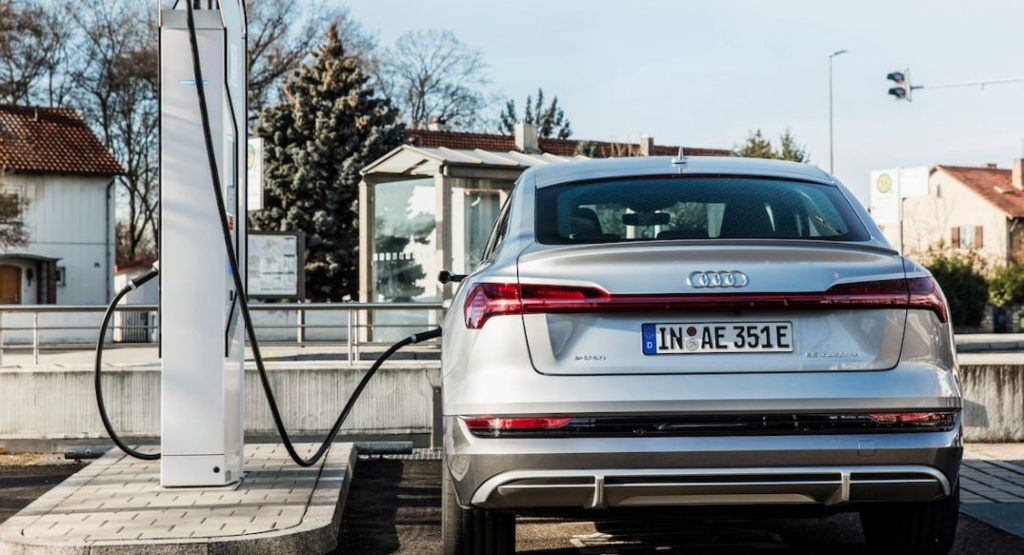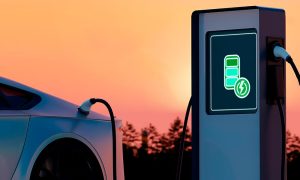With the aim of increasing vehicle autonomy, reducing charging times and establishing a solid energy supply infrastructure, Audi presents its new technology.
This is Audi Charging, its own charging network for electric vehicles that will have 400,000 chargers in 27 European countries. This new line will replace the Audi e-tron charging service that was launched four years ago with the launch of the brand’s first electric car.
Of the total number announced, around 1,900 high-power chargers from the IONITY network will be part of the new Audi charging network. These allow recharging up to 350 kW, which, for electric cars that can withstand this power, means that up to 80% of the battery’s capacity can be recovered in a matter of minutes.

Read also: Blink Charging Executes Key Position Changes to Strengthen Electromobility Leadership
Available Plans
The new Audi Charging Service will come into operation on January 1, 2023. All points can be managed and booked remotely from the myAudi app.
The IONITY and Aral Pulse charging stations also feature the Plug & Charge service that allows registered users to start the charging process by simply connecting the cable to the vehicle.
To use the new Audi charging network, it will be necessary to have one of the three available tariffs active: Pro, designed for drivers who need to charge their car frequently; Plus for those who need to use public charging points occasionally; and Basic for those who use public charging points only sporadically.
Large-scale Strategy
With careful planning of investments planned for the next five years, Audi is accelerating the transition to becoming a sustainable and connected premium mobility provider.
In particular, investments for future vehicle projects are increasing once again, amounting to a total of 37 billion euros. The brand will allocate around €18 billion for the development of electrification and hybridization alone, thus underlining its strong commitment to electromobility.
Audi’s investments until 2026 will focus on following the established roadmap, which includes a broad product offensive of fully and partially electric models.
Between 2022 and 2026, the manufacturer plans to pursue research and development activities, as well as real estate investments and development of future vehicle projects.







